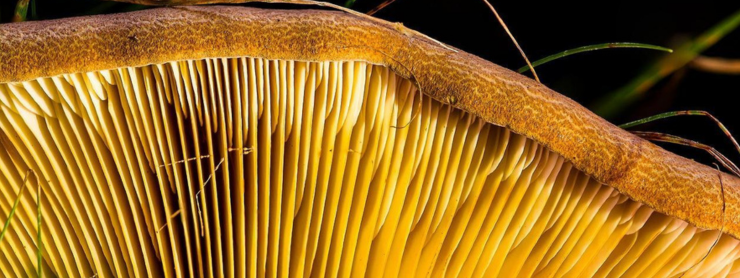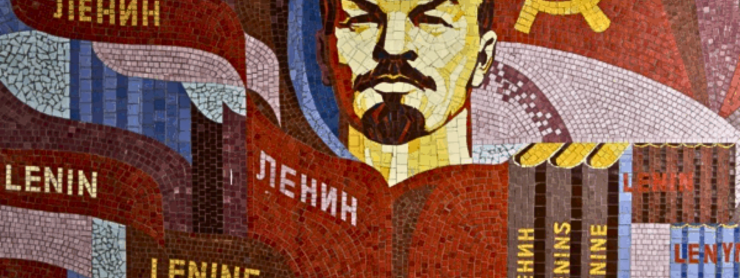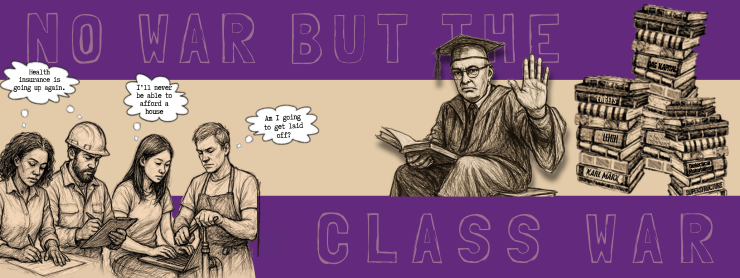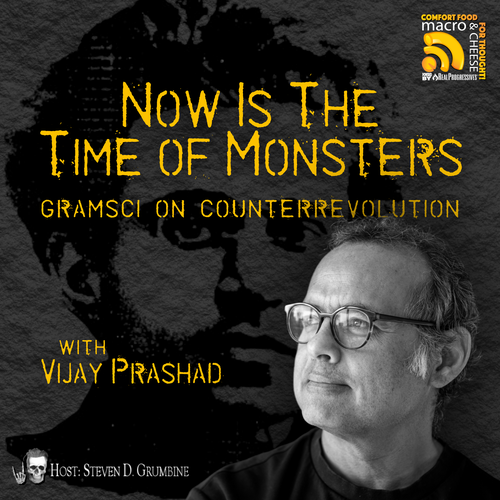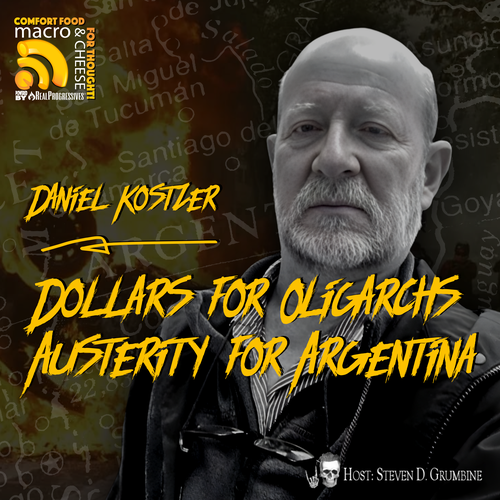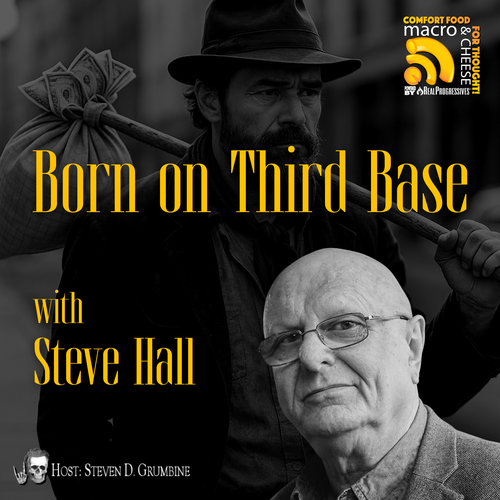Mushrooms are fascinating and important. On my morning walks, I love seeing the little fungi that appear after it rains. Adding minced portobellos to my rice recipe has upgraded it from a side dish to the main course. Mushrooms give you extra lives in Super Mario, and the Smurfs live in them. They look cute, they’re tasty, they can even get you high. Just one question: what is a mushroom?
Mushrooms are the fruiting bodies of a mycelium network. Their purpose is to spread spores, which will germinate and create new mycelium. This ability to spread fast to draw in energy gives mushrooms their unique characteristics. That energy can provide more protein and nutrients than other produce. It can cause the mushroom to grow at a rapid rate; they can pop up overnight. It can even give the mushroom psychotropic qualities.
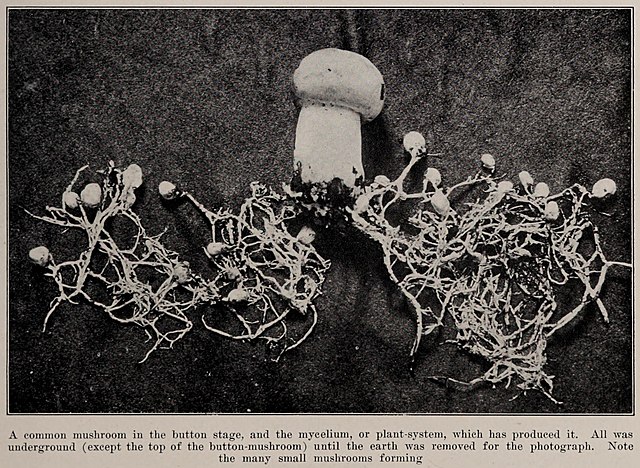
In 1991, amidst a rapidly changing Russia, a few pranksters decided to see how far they could push the boundaries of deregulation. They broadcast an interview with a fake historian who argued that the Soviet Union’s revolutionary leader, Vladimir Lenin, had consumed so many psychedelic mushrooms that Lenin himself became a mushroom. A mushroom is a fungus and Lenin was a mammal; one can’t become the other. But if we heard, ‘Lenin was a mushroom,’ it would evoke an image in our minds that is unique to each of us. Things don’t have to take up physical space to occupy space in your mind.
Everything influences and is influenced by its environment. No subject can be understood without also understanding its relationship with the world. Observing just the life cycle and cultivation of mushrooms can be an interesting endeavor, but it doesn’t mean much if you don’t also examine the environment in which the mushrooms grow. Is the mushroom on personal property where individuals have control over it? Is it on public property where it belongs to everyone? Or is it on private property where a business or government entity controls it? Just one look at where something is growing might tell you almost as much as the thing itself.
Spores can vary in size and color depending on their species and environment. They usually appear as fine dust. When they’re white, they look like powdered sugar. Each spore that germinates will produce a hypha, a small underground branch meant to draw in energy. When two or more hyphae meet, they combine and form mycelium. The quantity changes so the subject takes on a new quality. Now that multiple hyphae work together, they use that energy to produce a new mushroom.
We don’t always notice quantitative changes like hyphae growing underground. Most quantitative changes are too small to perceive. It’s much easier to spot qualitative leaps where something becomes distinctly different. The ground beneath us is teeming with mycelium, just waiting to grow into a mushroom. It’s hard to observe the mycelium networks all around us. But we can’t help but notice a mushroom peeking out of the grass.
Everything has potential relative to its conditions. No environment can germinate powdered sugar and grow candy mushrooms. Spores will produce hyphae when given the right environment. This is how we know revolution is possible. In fact, we’ve seen it before. The United States started with a revolution that defeated a larger and more powerful enemy. When the conditions are right, it will undergo another revolution.
Materialism is a lens through which we interpret nature. Dialectics is a means through which we study and interact with things. Dialectical materialism is the scientific way to both apprehend and engage with the world. Dialectical materialism is as much about understanding big changes like revolutions as it is about understanding ordinary everyday life. One of the greatest dialectical materialist minds of all time, Vladimir Lenin, put it best when he said, “There are decades where nothing happens, and weeks where decades happen.”
Most qualitative jumps forward are not as simple as two hyphae meeting and forming mycelium. Each vault happens as the result of two forces opposing each other until they become the same thing. These opposing forces, or contradictions, are what make up all things, both physical and mental. All substances and phenomena in nature have good and bad qualities, a past and a future, a part that is developing, and a part that is withering away. It is forces like these, struggling against their opposites, that transform quantitative changes into qualitative leaps.
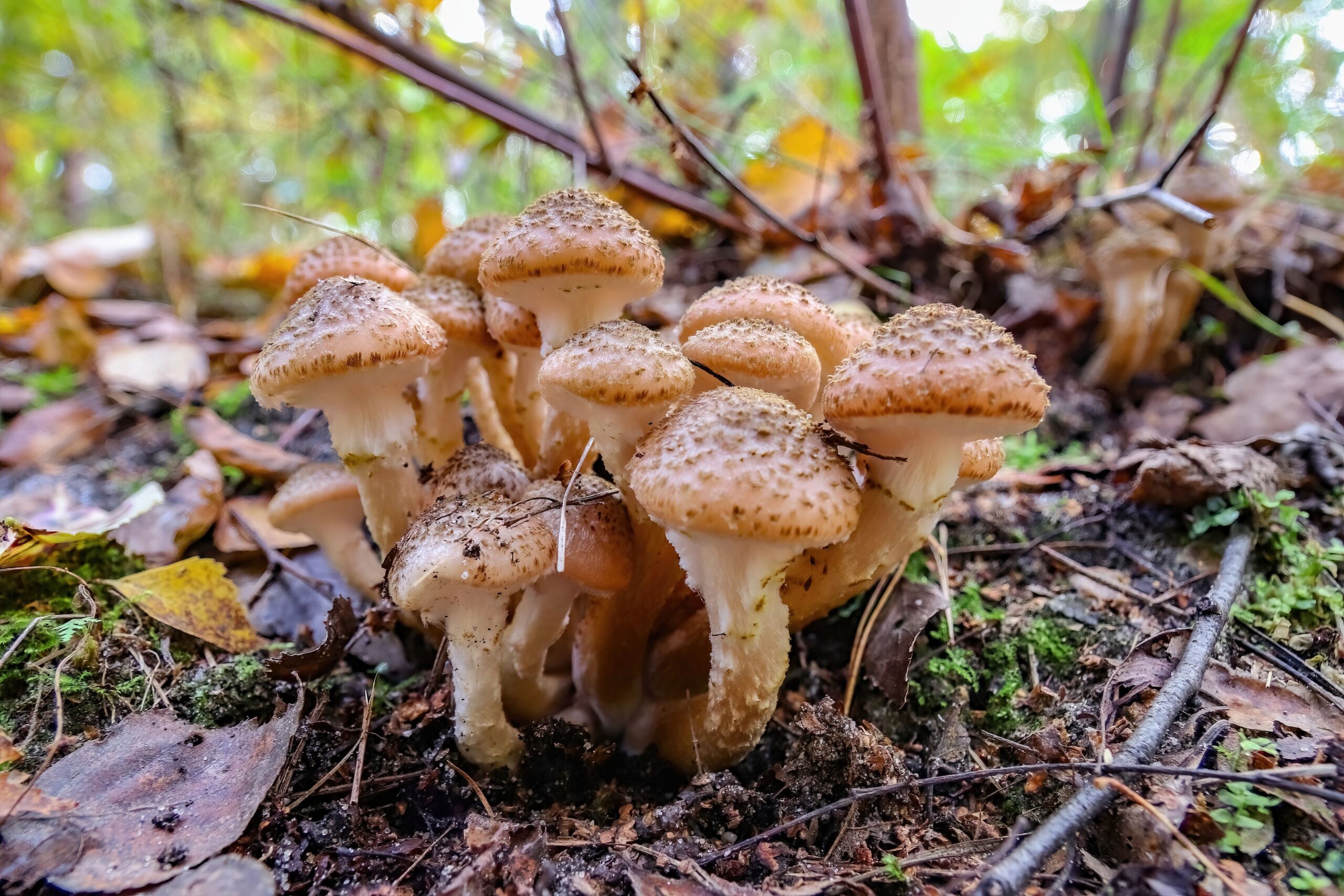
Mycelium networks usually have more than two hyphae in them. They can have countless hyphae and can grow larger than a football field when given the right environment. Mycelium helps its surroundings by decomposing anything that’s rotting. It can even move nutrients around for trees by working with their roots. Everything interacts with the world around it; therefore, everything is always changing. No matter how immobile something may seem to be, it’s in a constant state of motion. Concepts in people’s minds that don’t take up physical space are also in a constant state of motion.
When we study a subject, we are sure to find other topics that interact with it. Search for an article about mushrooms and it could be about hallucinating at a music festival, or about fashion and how to style fungus-shaped accessories. It could simply be fluff before a recipe for soup. Like a mycelium network, all subjects are comprised of smaller intersecting parts that branch out and connect with everything around them.
Dialectical materialism is the world outlook of Marxism-Leninism. Actual revolutionaries start out by understanding these basic concepts. A revolution is a process where a class changes from being subservient into a class that can rule over itself. We’ve already taken the first step by understanding the language of revolution. Every single person that reads about dialectical materialism is one more person that accepts revolution as a possibility.
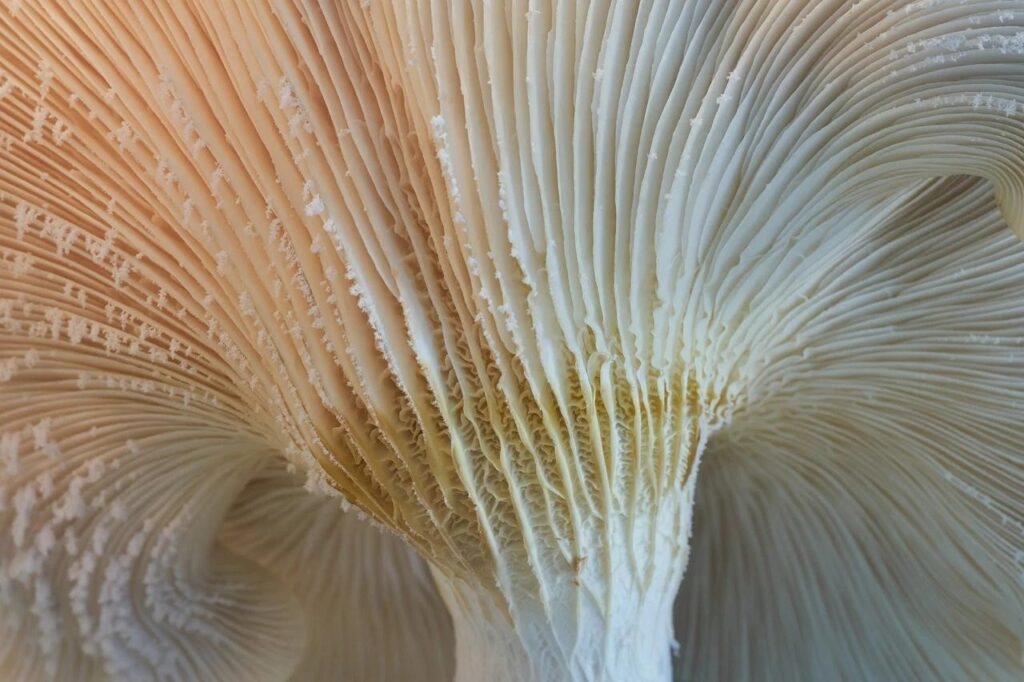
I once knew a mycologist who said the study of mushrooms was the study of the interconnectedness of nature. Mushrooms are a way to symbolize nature’s interconnectedness. Leninism is the study of the interconnectedness of nature. Lenin and mushrooms can both symbolize the same thing. I say this not as a hoax or a joke. I say this with the utmost sincerity: Lenin was a mushroom.
Revolutions start out as a group of people trying to interact with the world around them. One by one, they introduce new people to their radical ideas, and slowly the masses start to accept that revolution is inevitable. Everyone who is exposed to revolutionary ideas and philosophy is one quantitative step on the road to qualitative change. Every person that reads this gets us one step closer to fixing this broken world we live in. Revolution isn’t just fighting some big war or taking over industry. Revolution is getting ready to rule over ourselves. It’s about changing how society views and interacts with the world. That’s not done with guns and tanks; that’s done with books and articles. You helped propel the revolution forward, and all you had to do was read an essay.
More on dialectics and materialism:
Dialectical Materialism, by V. Adoratsky


